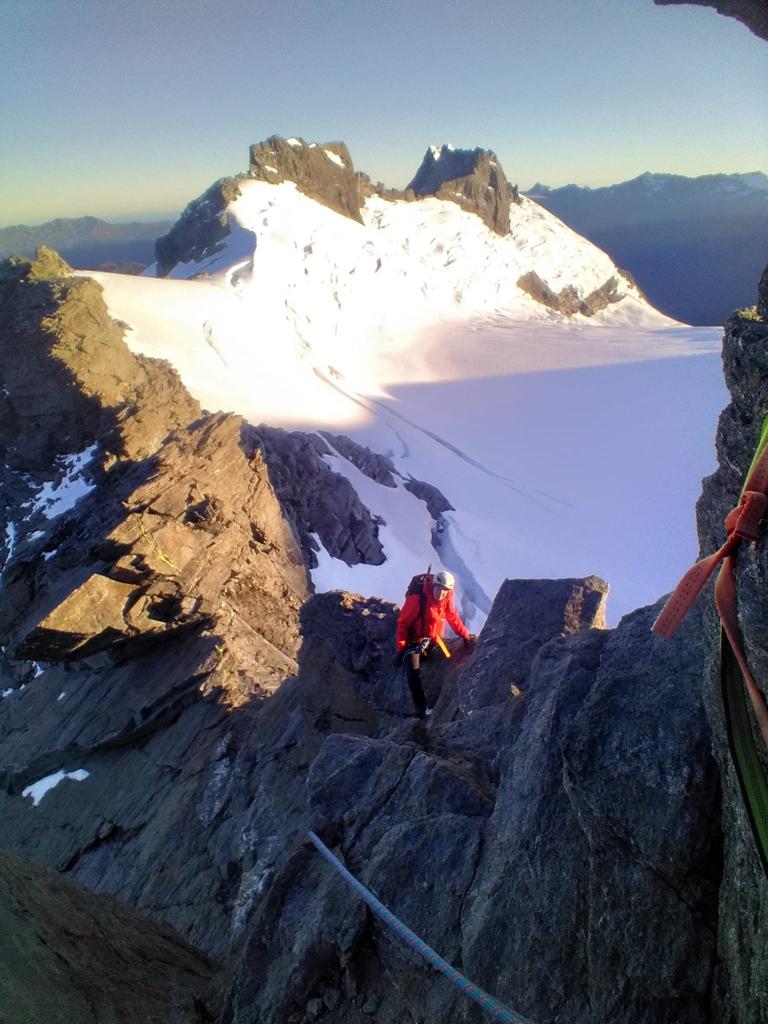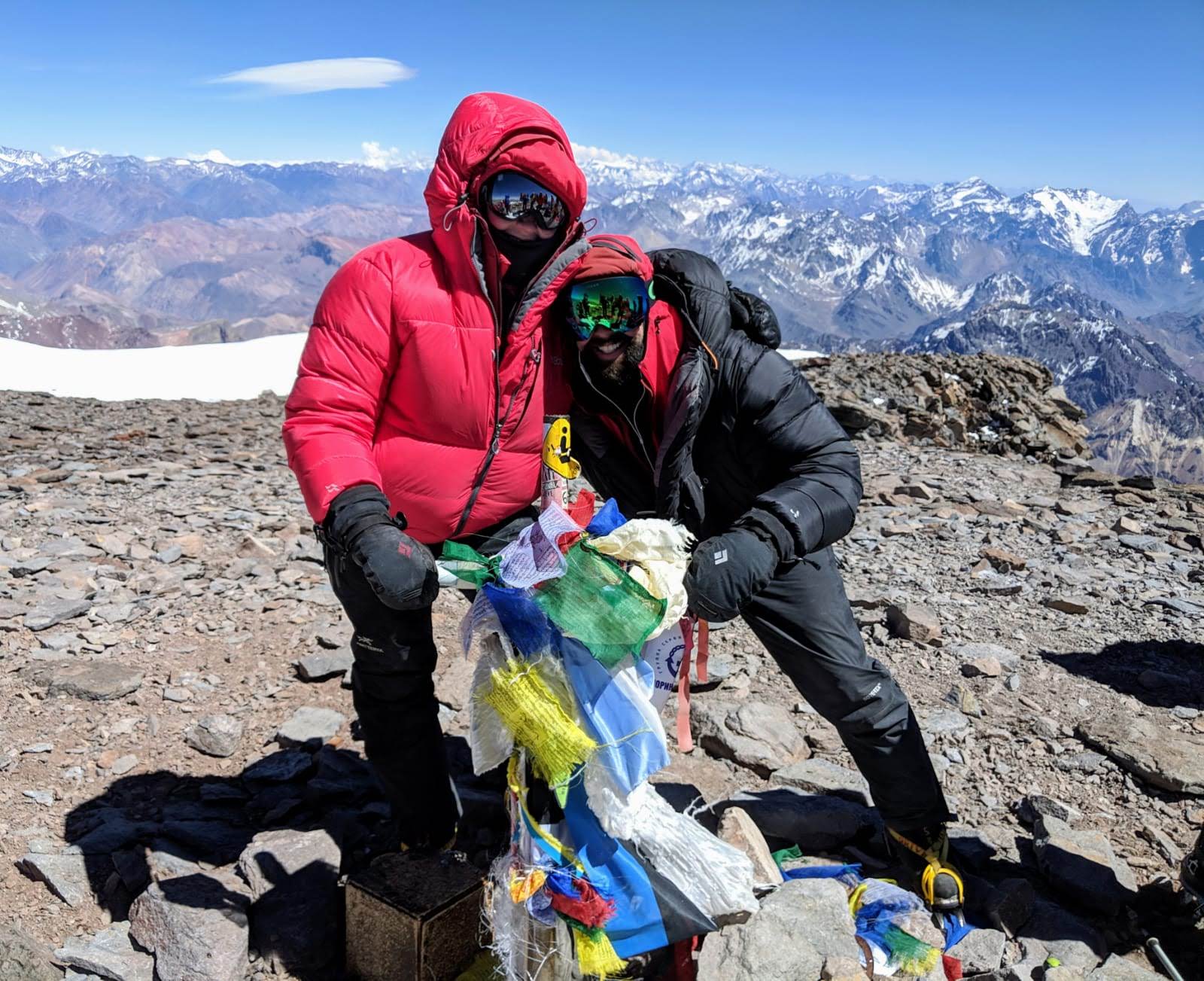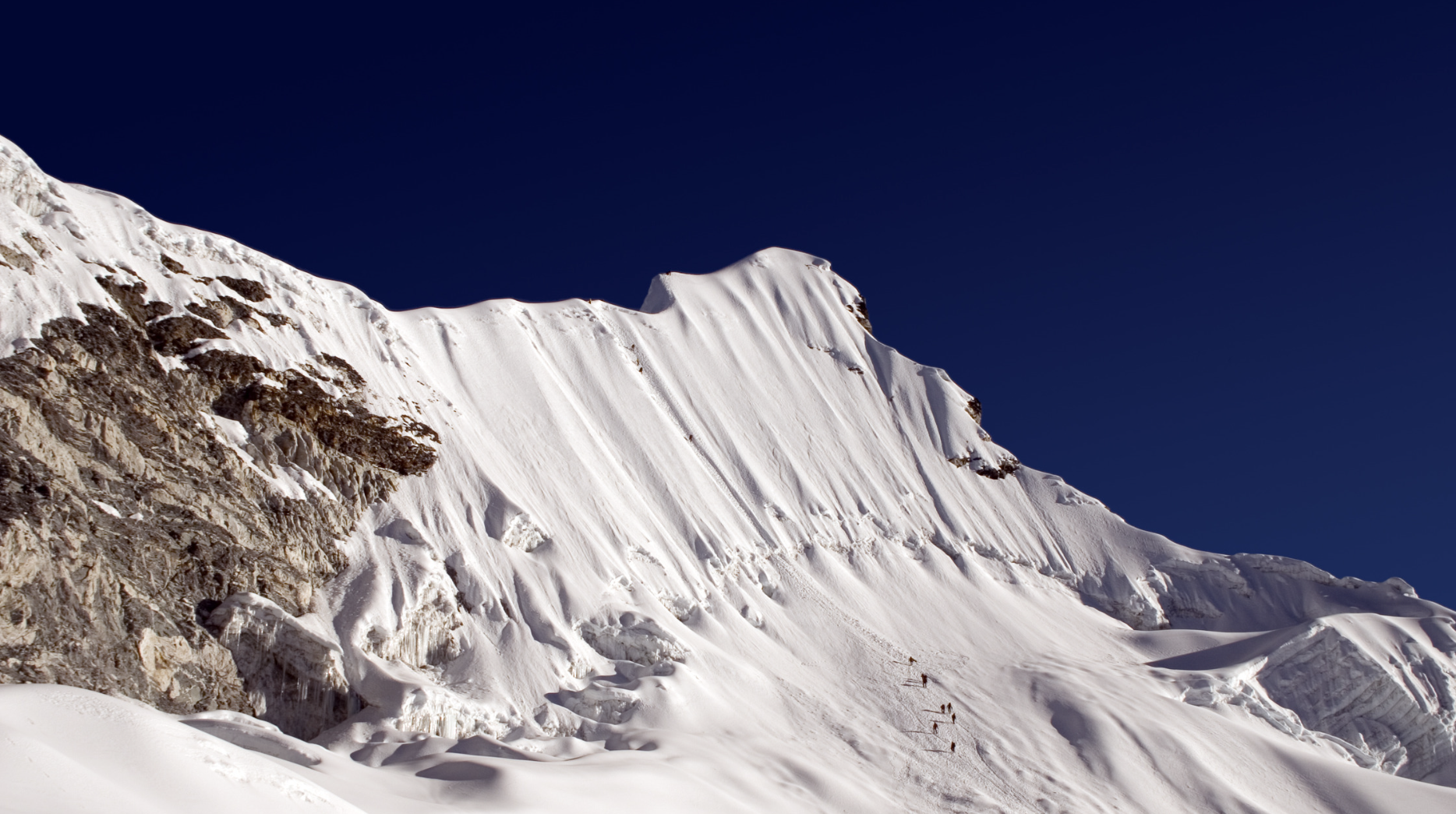You can easily look up the current “best” or “top 10” down jackets but a lot of the time, those recommendations are made based on affiliate marketing which means they aren’t always the best products. So, my proposal is to read this blog first, understand the difference between down and synthetic down first and then you can make your own educated decision on what is best for your body, your adventure and more importantly, your budget.
What Is Down Insulation?
Down Insulation is made from the fine feathers found underneath the tough outer feathers of ducks or geese. It is light, lofty, fluffy and nature’s best insulator that traps air and body heat. Despite down’s ability to trap air, it is actually very breathable. It is also compactable, making it the preferred choice for most sleeping bags and down jackets. It is however much more expensive and not very good in wet or humid conditions. There is a lot of concern about how the feathers are collected and whether it is a cruel practice or not. As far as I know and according to most reputable mountaineering and trekking companies, the down feathers are collected after the goose or duck has been killed (for it’s liver and meat) or the feathers are collected when the bird is moulting which does not cause the bird any pain.
What Is Synthetic Down Insulation?
Synthetic down insulation is made with polyester fibres that are arranged to mimic down feathers. It replicates some of the qualities of down but, unlike down, maintains warmth even when wet. Synthetic down sounds like the perfect solution but it doesn’t provide the same warmth to weight ratio that down does. This means that synthetic down needs to be heavier to reach the same warmth factor as down. Synthetic down is cheaper and, because it is much more resistant to moisture, it is ideal for more humid conditions.
Down insulation tends to be much, much warmer. The warmth of the down is dependant on the quality of the down. This doesn’t mean the quality of the feathers; it means the measure of the fill-power index. The warmth of the down is also measured in by the amount of down used. The higher the fill-power index and amount of down used, the warmer the insulation.
Down insulation and synthetic down are used in two very important pieces of gear for mountaineering and trekking – your sleeping bag and your down jacket.
The question is – Which Is Better, Down Or Synthetic Down?
Lets talk about this question in regards to your sleeping bags first.
This really, really depends on where you are going and what kind of camping you plan on doing. Are you wild camping at a lower, warmer altitude without a tent or are you sleeping in a tent in the characteristically drier and colder temperatures of higher altitude? Here is the Golden Rule to help you decide which insulation you need for your sleeping bag:
Warmer, Humid Conditions – Synthetic Down Sleeping Bag
Colder, Dryer Conditions – Down Sleeping Bag
The next question is, are you planning on doing higher altitude adventures? If you are, it is a better idea to invest now and buy a good down sleeping bag that will be suitable for more than one adventure. I personally love down sleeping bags and would take one over a synthetic bag any day but I tend to climb at higher altitudes where the climate is colder and drier so for me a down sleeping bag is much more suitable.
If you’re not sure or unable to invest right now, do a bit of research to see if there are any companies around you or tour operators who allow you to rent sleeping bags. This can be a fantastic way for you to test what you’d really like in the future.
Now lets move onto your second piece of gear. Down jackets.
The same rule applies as does for the sleeping bags. If you are moving around in a warmer more humid climate then go for a synthetic down. If you are moving around in a colder and drier climate then definitely down.
If you are climbing a mountain and pushing for the summit then you may need both because a down jacket will be way too warm for the lower altitudes, while a synthetic down won’t be warm enough for the higher altitudes. So, depending on the conditions you will be climbing in, you may need both. For example, if you are considering climbing Aconcagua then you will need a synthetic down jacket for lower down the mountain as well as a box construct down jacket for your summit attempt. Box construct refers to the way the down has been assembled.
If you’re on a tight budget, my best suggest is to buy the synthetic down jacket and rent the down jacket from your tour operator or a rental company in your area.
Here are a few common questions I get asked about Down Jackets:
What Down Jacket To Buy?
You first need to understand the difference between down and synthetic down before you can decide what down jacket to buy. My favourite down jacket brands are RAB, Mountain Hardwear, and Patagonia. My favourite synthetic down jacket brands are Arc’teryx, North Face, and again Patagonia.
Are Down Jackets Waterproof?
No they are not. Some of them may be treated with a water repellent treatment but this does not make them waterproof.
Are Down Jackets The Warmest?
Yes – if you are deciding between a down jacket and synthetic down jacket and warmth is of great importance then absolutely yes! Down Insulation jackets are the warmest.
Can You Wash Down Jackets and Sleeping Bags?
Yes, but very carefully! In my book “A Step-By-Step Manual To Mountaineering & Trekking Around The World” I cover the best tips and tricks and step-by-step instructions for the aftercare of your high altitude gear once you get home from your adventure – from how to properly wash and store your sleeping back to washing and restoring the water resistance in your Goretex® jacket.
Down Jacket or Goretex®? Down Jacket or Fleece?
A fleece and Goretex® layer serve a very, very different purpose to a down jacket. If you are climbing to high altitudes then you will generally have to have a down or synthetic down jacket. Having a Goretex® or fleece layer will not give you the warmth that a down or synthetic down jacket would.





